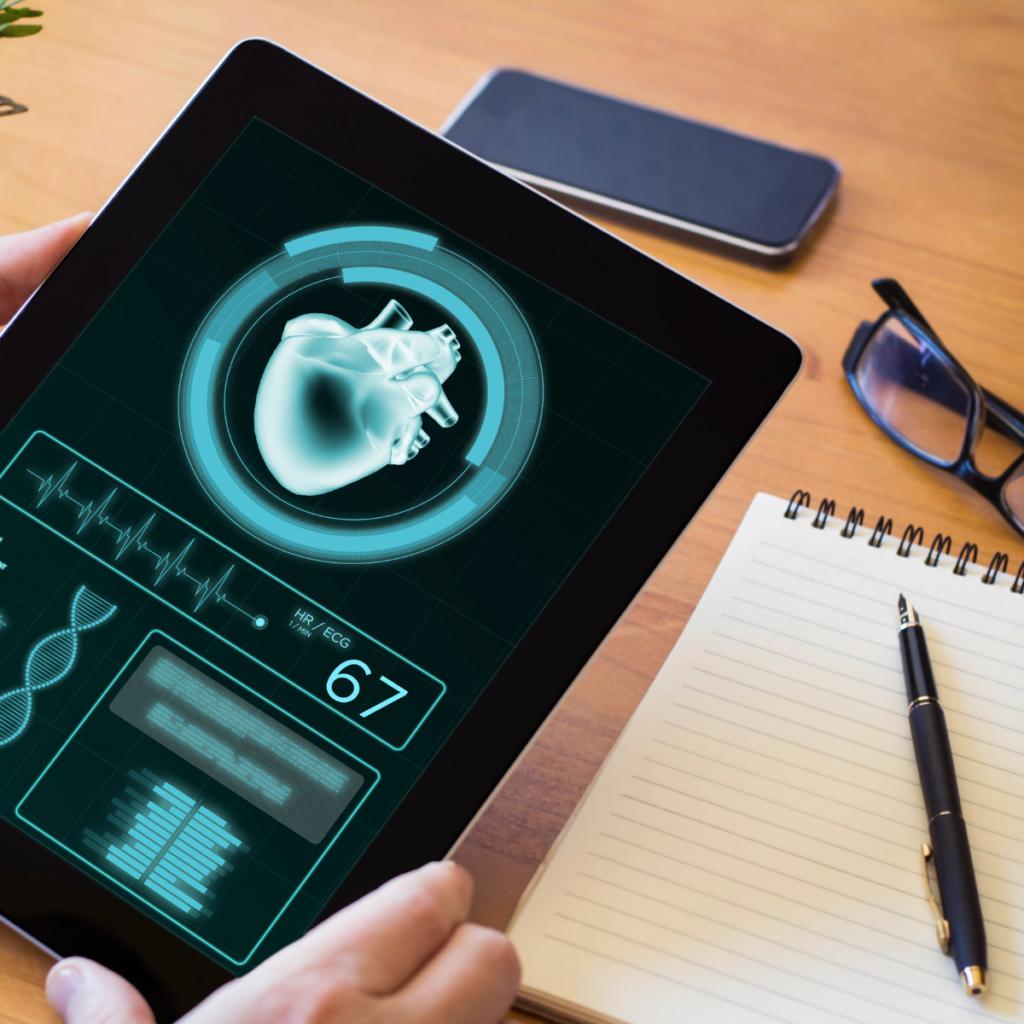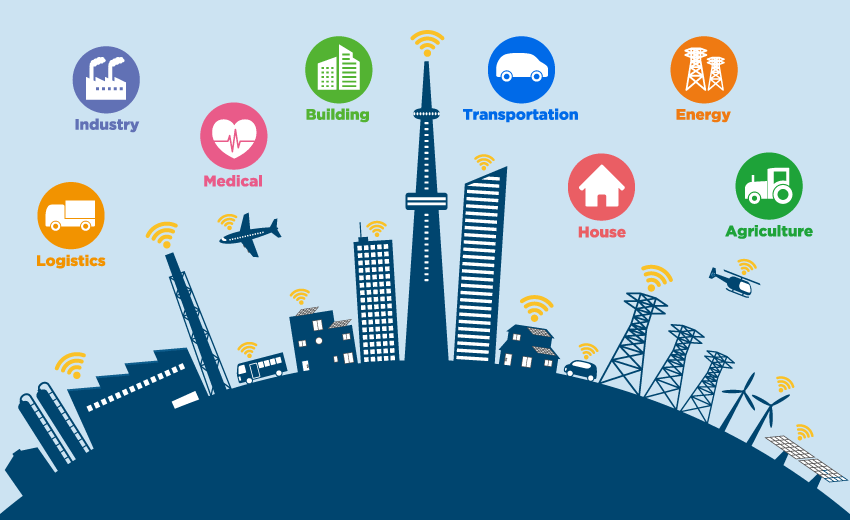Introduction to Smart Cities and Healthier Living
In an era dominated by rapid urbanization and technological advancements, the concept of smart cities is transforming urban living. Smart cities and healthier living are no longer distant aspirations but tangible realities shaped by the integration of Internet of Things (IoT) technology. This article explores how IoT is revolutionizing public health and fostering sustainable, healthier urban environments.
The Intersection of IoT and Public Health
Enhancing Healthcare Delivery
IoT-enabled devices are streamlining healthcare systems, ensuring faster and more efficient service delivery. From wearable health monitors to real-time patient tracking, IoT is bridging gaps in traditional healthcare systems. For instance, wearable devices like smartwatches collect vital health data, enabling early diagnosis and timely intervention. Additionally, connected devices in hospitals ensure that medical equipment is monitored for optimal functionality, reducing downtime and enhancing patient care.
Promoting Preventive Healthcare
IoT is driving a shift toward preventive healthcare by enabling continuous monitoring. Smart sensors installed in homes and workplaces track environmental factors such as air quality, temperature, and humidity. These insights help individuals reduce health risks, ultimately reducing the burden on healthcare systems. For example, air quality sensors alert users to harmful pollutants, allowing them to take preventative actions like using air purifiers or limiting outdoor activities during high pollution periods.
Smart City Infrastructure Supporting Public Health
Environmental Monitoring for Healthier Communities
Smart cities integrate IoT-powered environmental sensors to monitor pollutants, ensuring cleaner air and water. For example, sensors placed across urban areas can detect harmful emissions, and trigger immediate action to reduce pollution levels. These sensors also provide data that helps policymakers enforce stricter regulations on industrial emissions and vehicle usage. Clean air and water directly contribute to a reduction in respiratory illnesses and waterborne diseases, creating a healthier urban population.
Improving Emergency Response
IoT enhances the speed and efficiency of emergency services. Connected devices, such as smart traffic systems, facilitate faster ambulance routing by optimizing traffic flow. For example, IoT-enabled traffic lights can create “green corridors” for ambulances, reducing response times. In addition , IoT sensors installed in public spaces detect accidents or health emergencies, enabling prompt responses by alerting nearby healthcare facilities or first responders. These advancements save lives and improve the overall efficiency of emergency services.
Data-Driven Decision Making in Public Health
Leveraging Big Data for Public Health Initiatives
The data collected by IoT devices enables governments and healthcare organizations to make informed decisions. For instance, analyzing patterns in public health data helps identify disease outbreaks early, enabling proactive containment measures. Predictive analytics based on IoT data can forecast health trends, allowing cities to allocate resources more effectively and prepare for future challenges.
Encouraging Citizen Engagement
IoT platforms in smart cities encourage citizens to actively participate in health initiatives. Mobile applications connected to city-wide IoT networks provide real-time health updates, vaccination alerts, and wellness tips, fostering a more engaged and health-conscious community. For instance, during health crises such as pandemics, these platforms can distribute critical information, track infection rates, and guide citizens on safety protocols, ensuring a coordinated response.
Challenges and Opportunities
Overcoming Privacy Concerns
While IoT offers immense benefits, it also raises concerns about data privacy. Ensuring robust cybersecurity measures and transparent data usage policies is essential to gaining public trust. Governments and private organisations must work together to establish a regulatory framework that protects user data while encouraging technological innovation.
Scaling IoT in Smart Cities
Implementing IoT solutions on a large scale requires significant investment and collaboration among stakeholders. Governments, private organizations, and tech innovators must work together to create sustainable models for IoT deployment. This includes developing affordable IoT devices, investing in reliable infrastructure, and fostering public-private partnerships to share costs and benefits.
Conclusion
Smart cities and healthier living are becoming intertwined realities, driven by the transformative power of IoT. By integrating IoT into public health strategies, cities worldwide are fostering environments that prioritize well-being, sustainability, and innovation. As we move forward, embracing these advances will be key to building resilient urban ecosystems and healthier communities. The collaboration between technology providers, governments, and citizens will determine the success of these initiatives, shaping a future where technology and public health go hand in hand.
Explore how MTi Arabia can help you harness these trends to revolutionize your industry. Contact us here.



